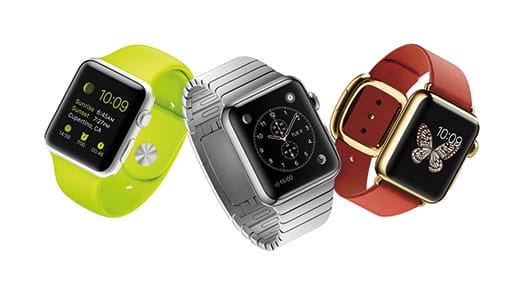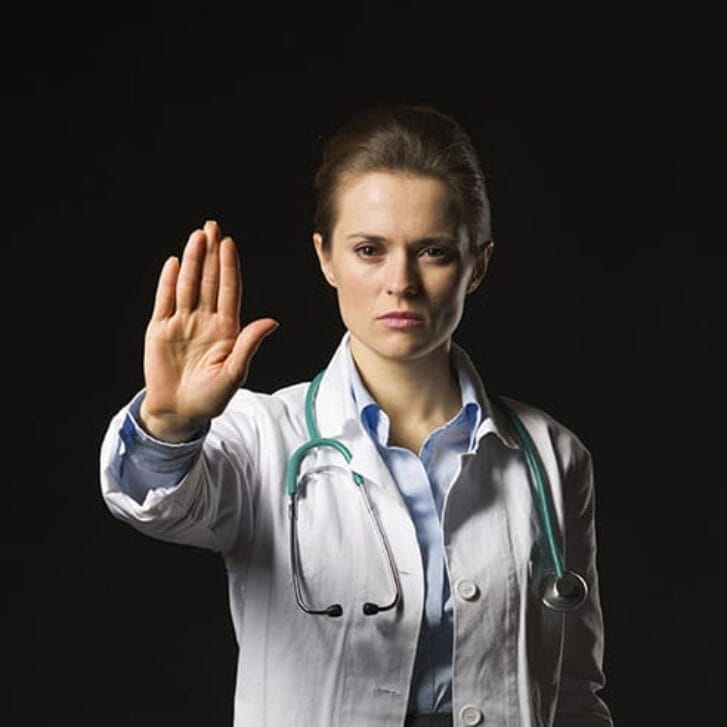Imagine this: In 15 years, you are a patient with diabetes; your therapy consists of a biostamp, a type of removable tattoo or Band-Aid that takes your glucose levels on a regular basis and injects you with insulin to control your glycemic levels. How about this? You’re an elderly patient, prone to falling, who wears a sock that contains a microprocessor that alerts caregivers when you’ve fallen. Or what about this scenario? You’re wearing a patch that measures an electrocardiogram and beams this result to a cloud-based system, which compares the reading with your heartbeat pattern and let’s a physician know you have an arrhythmia.
Apple recently introduced its smartwatch, which is supposed to contain a number of health care related functions. Apple may ultimately become a large player in the health care wearables market, and the Apple Watch has most certainly increased the exposure level of these kinds of technologies with its recent rollout. Hopefully, a company like Apple can help make wearables mainstream in health care.
In the meantime, there are also a number of smaller companies that are developing wearable ultrapersonal computers, such as Sensoria, mc10, iRhythm and Bionym. These companies are further along the learning curve than Apple as it relates to developing various technologies and applications. However, they are startups and definitely do not have the infrastructure Apple has to get a product to market.
One of the reasons these wearable technologies are interesting is that they are being developed in a rapidly changing health care environment where value versus volume of services delivered is becoming the important factor for usage. If one can monitor and then act appropriately on conditions outside of expensive care settings like hospitals, then these services can likely be provided more effectively and at a lower cost. Chronic conditions that are expensive to treat, such as congestive heart failure, may be treated before symptoms appear with the help of wearable technologies—before patients end up in the hospital.
One of the biggest hurdles for these types of technologies is the Food and Drug Administration, when it comes to making specific claims about what they can do (in promoting their product). It is going to be very interesting over the coming years, as technology continues to outpace the ability to regulate it. It will be extremely important for the FDA to “keep pace” in order to manage approvals. Executives at these companies have backgrounds in technology, having worked in such industries as wireless, software and computer hardware. They are all creative individuals. It will be interesting to see how patient they are with government regulations.
Editor’s note: At the upcoming Annual Wharton Alumni Healthcare Conference on Friday, Oct. 31, 2014, the CEO of Sensoria, Davide Vigano, will be speaking about where wearable health care devices are headed. Visit the conference website for more information.

























